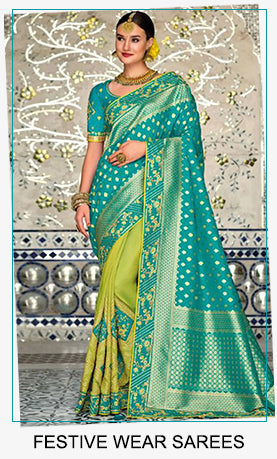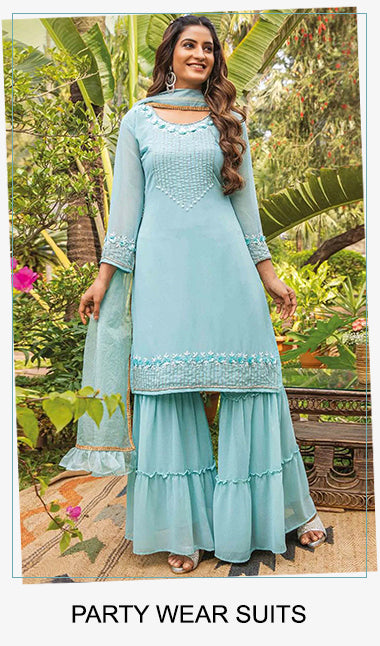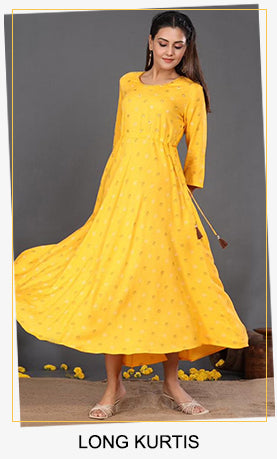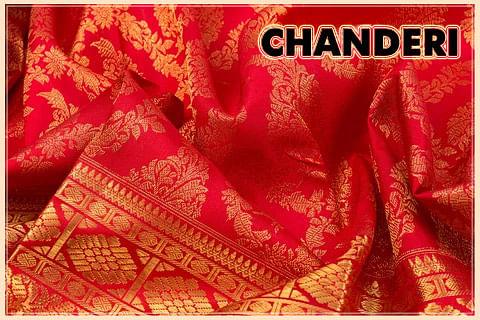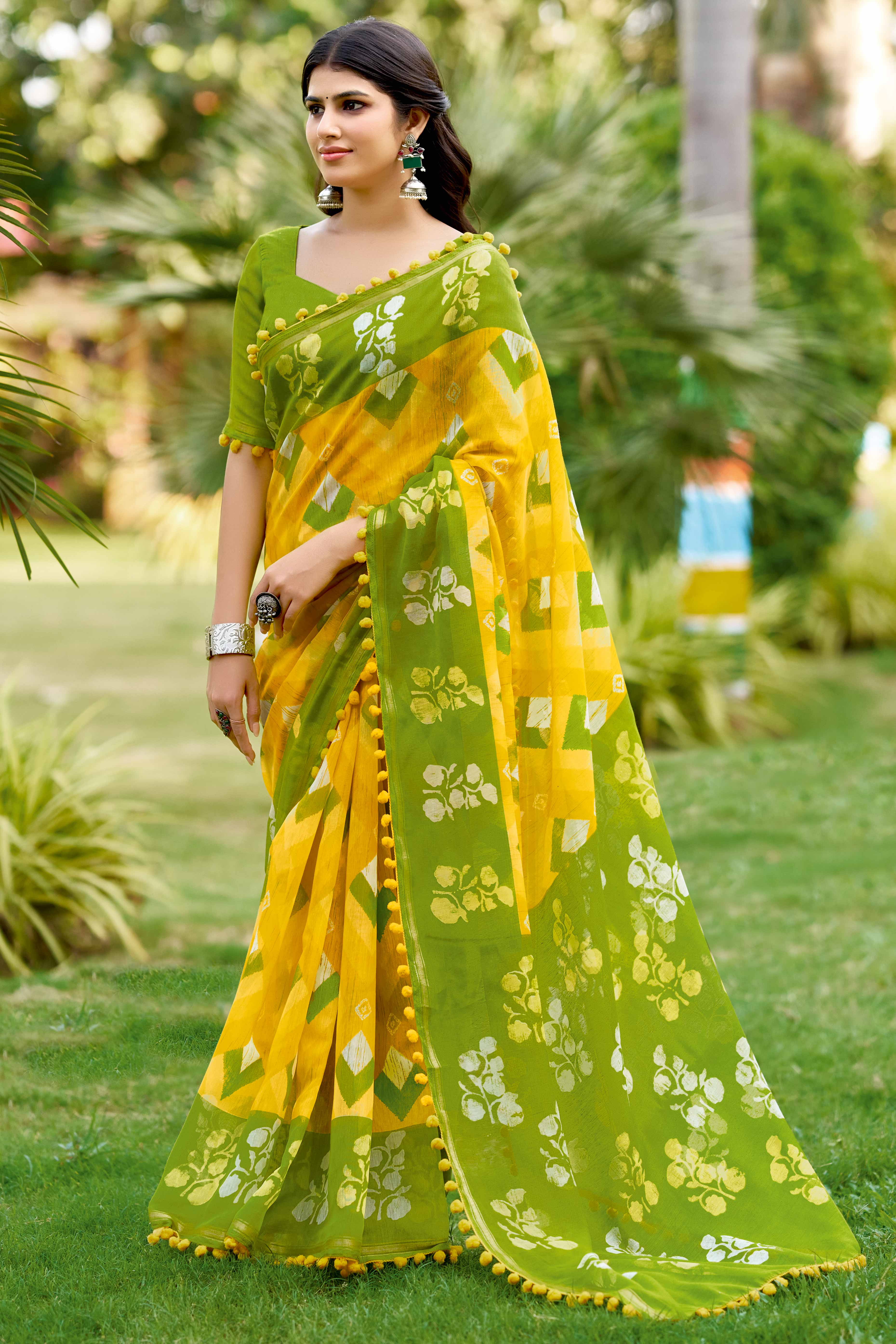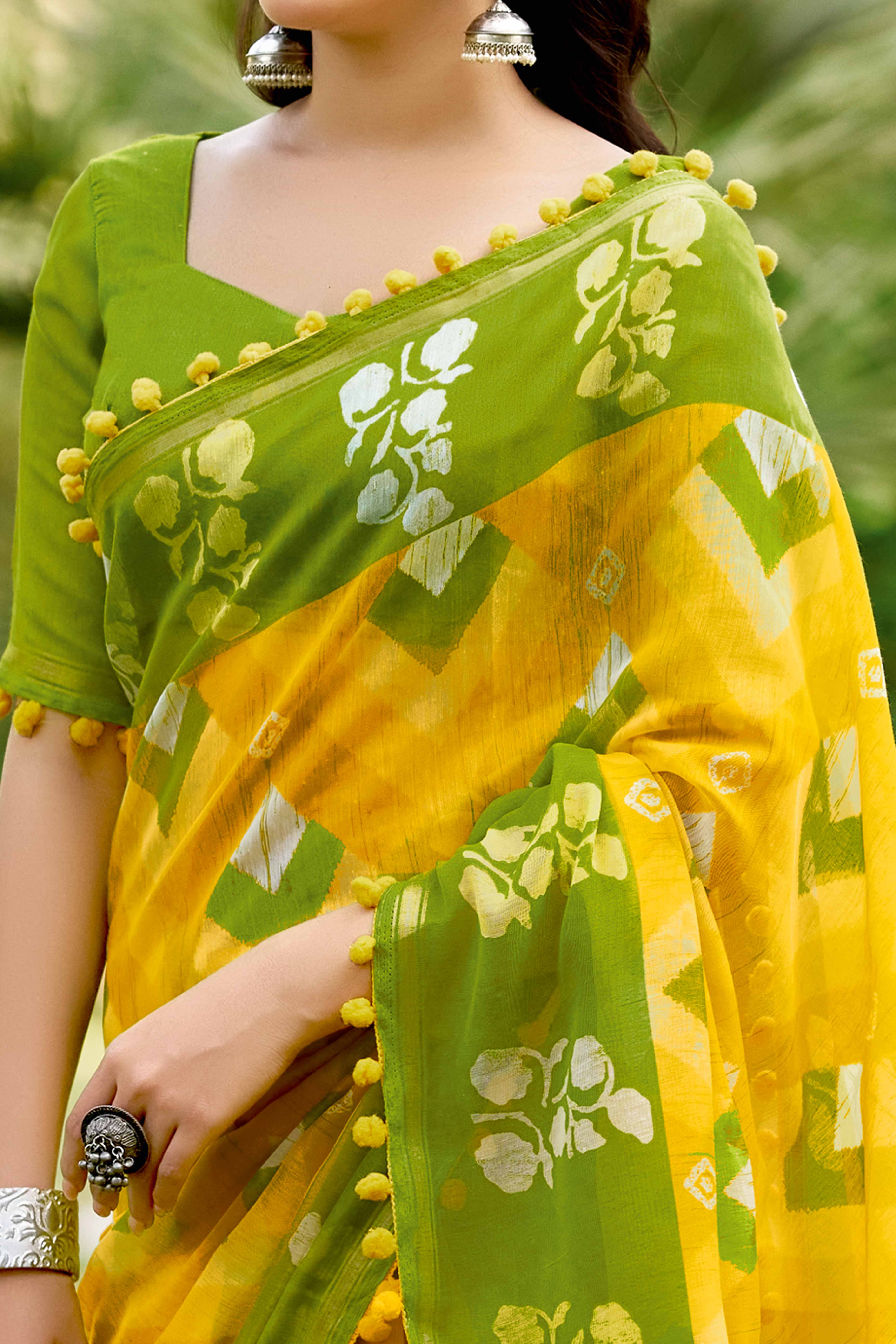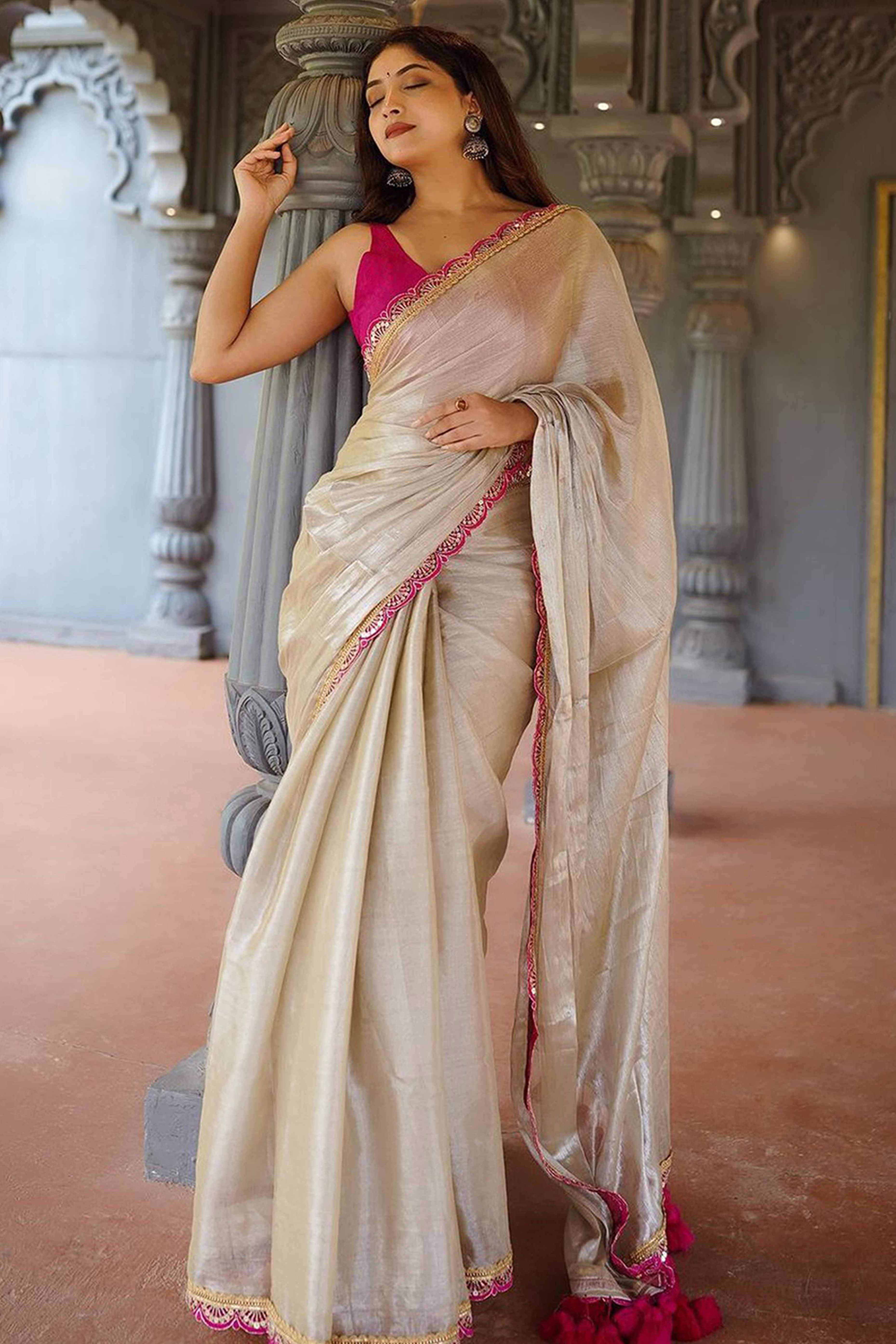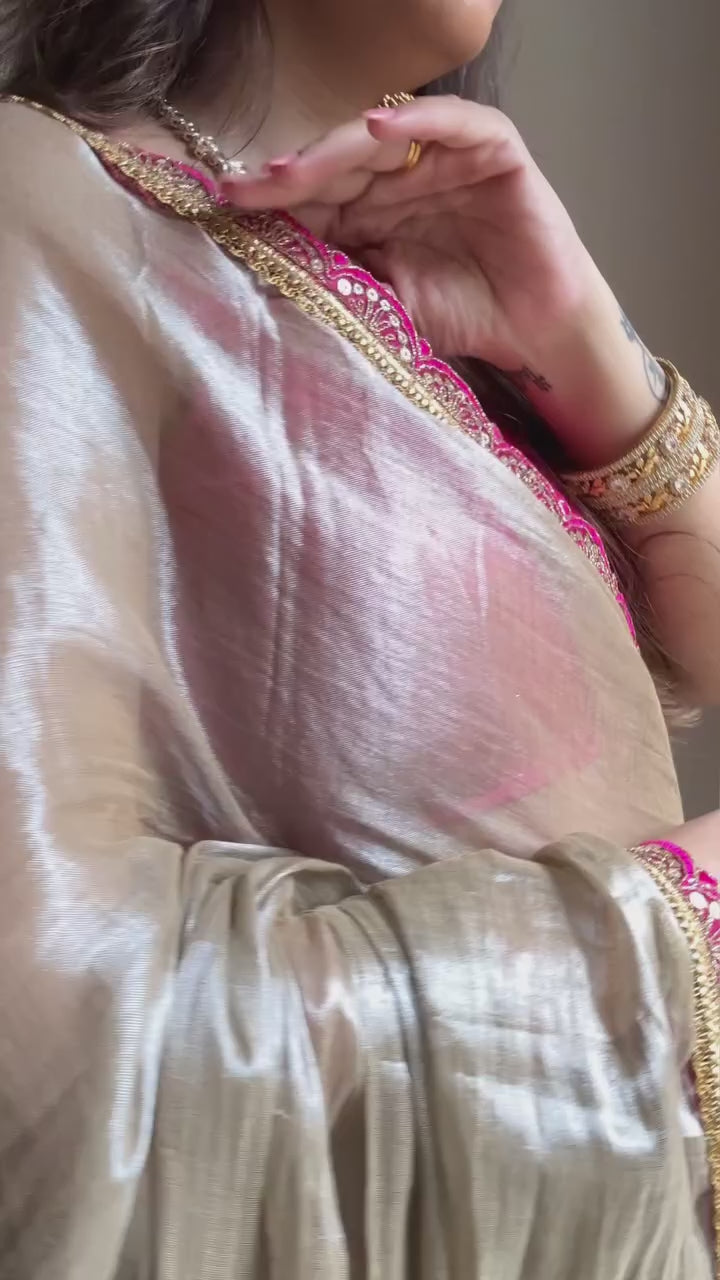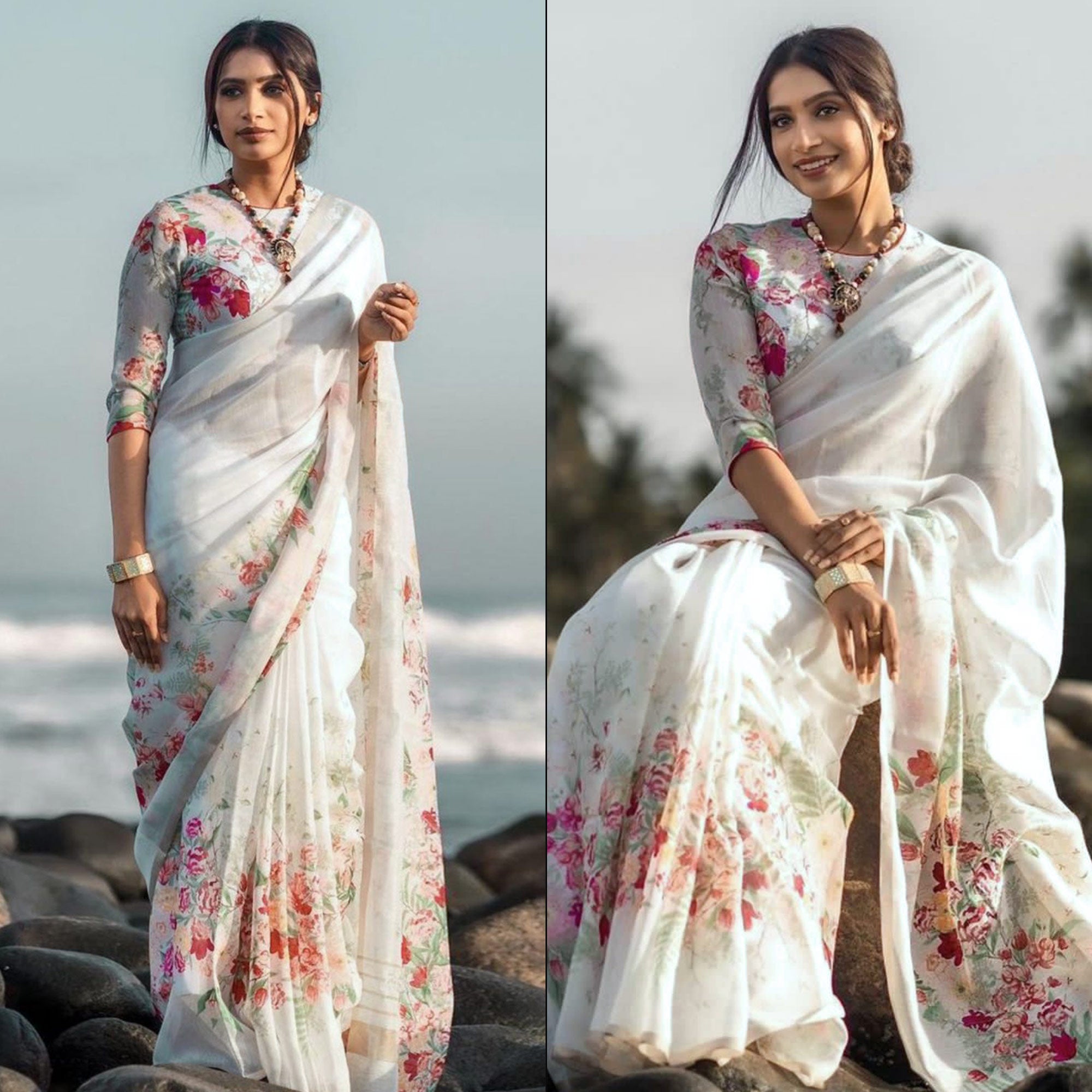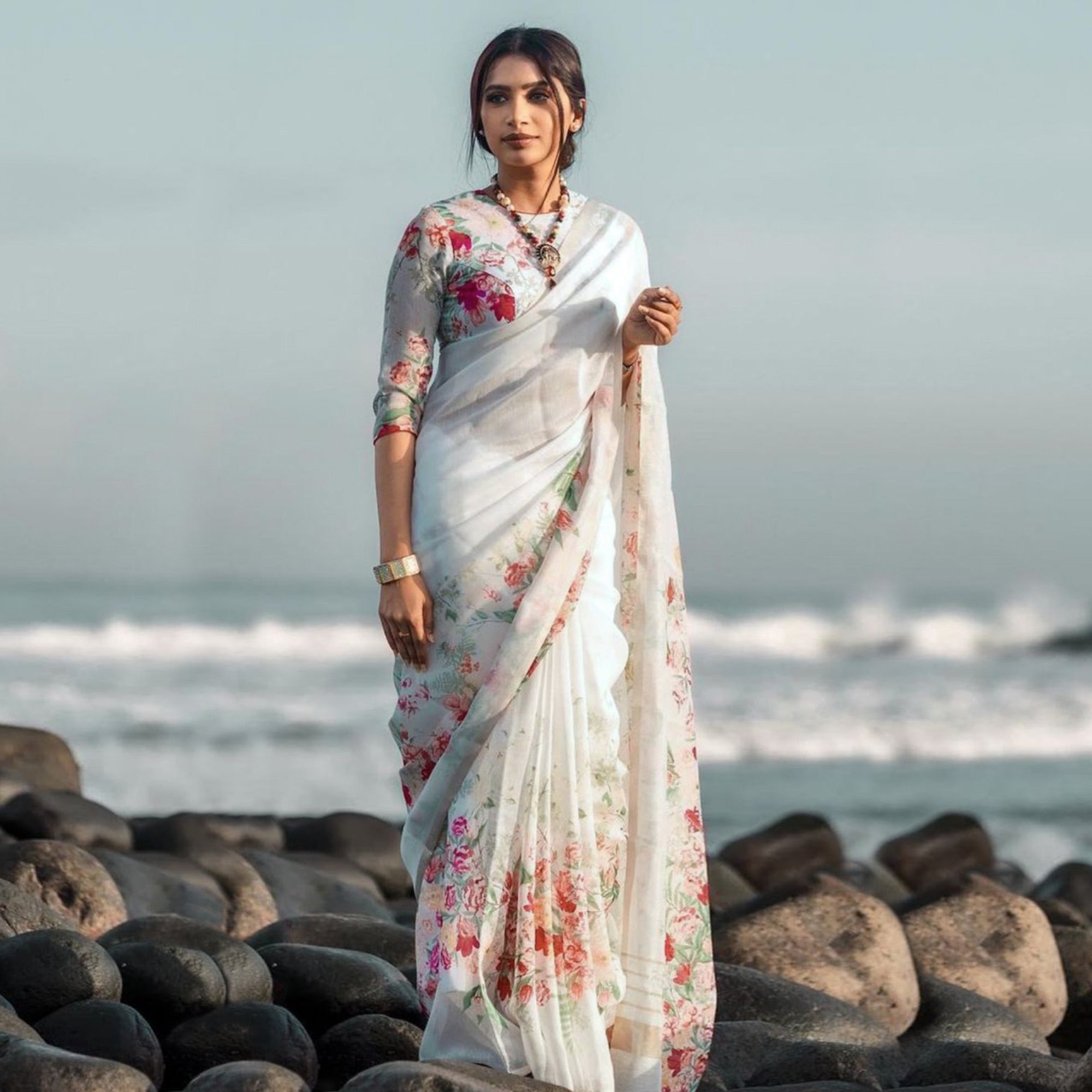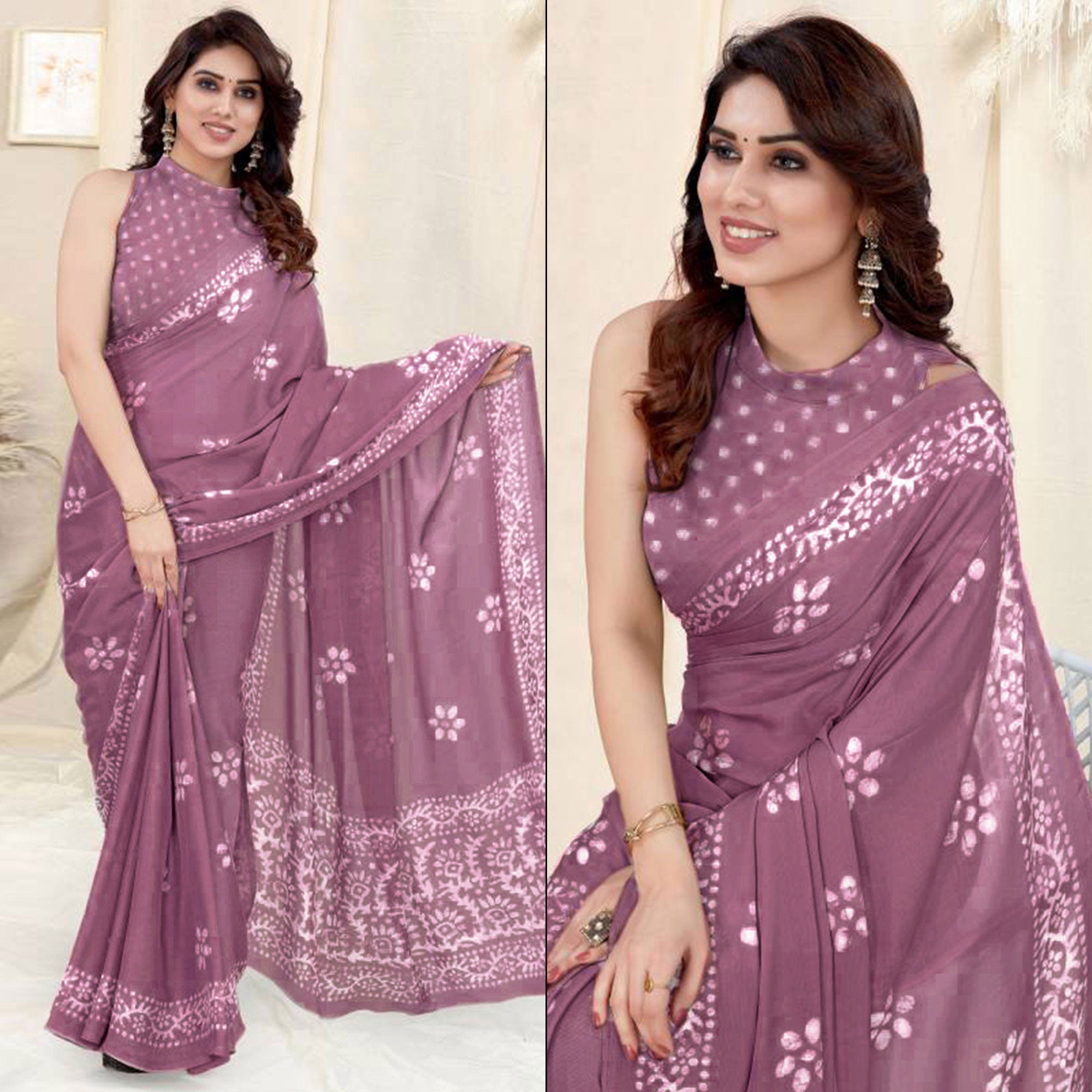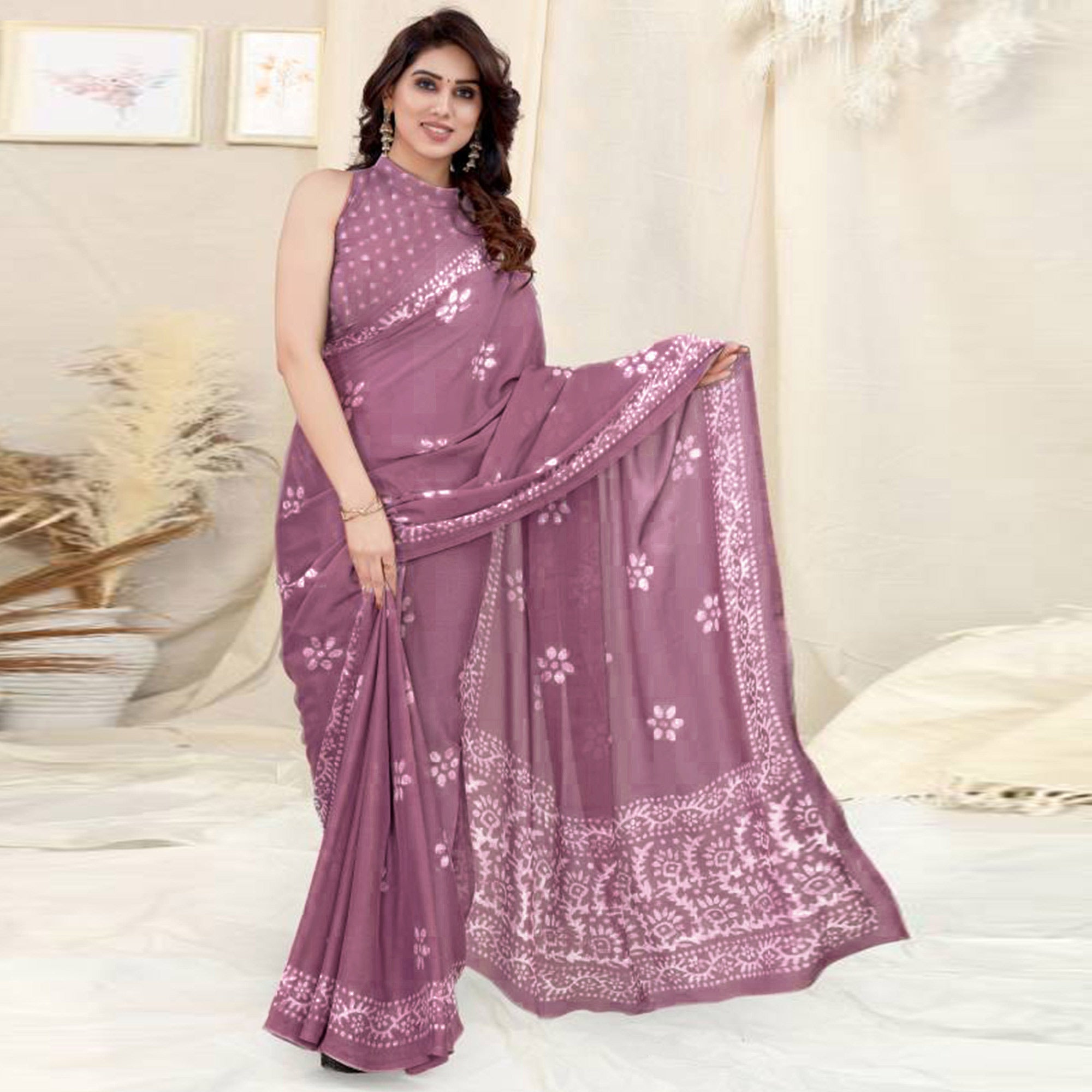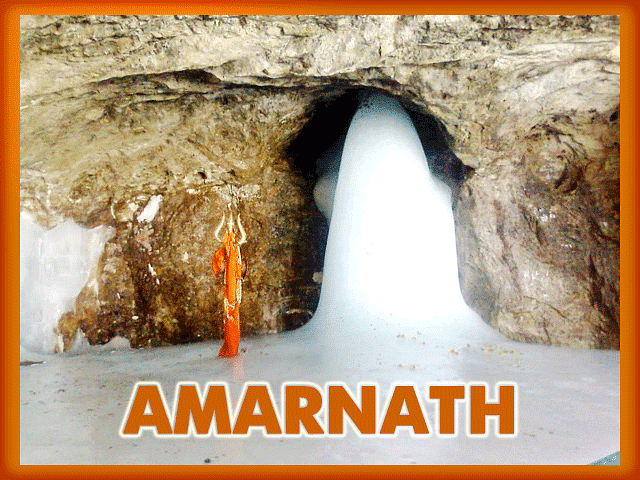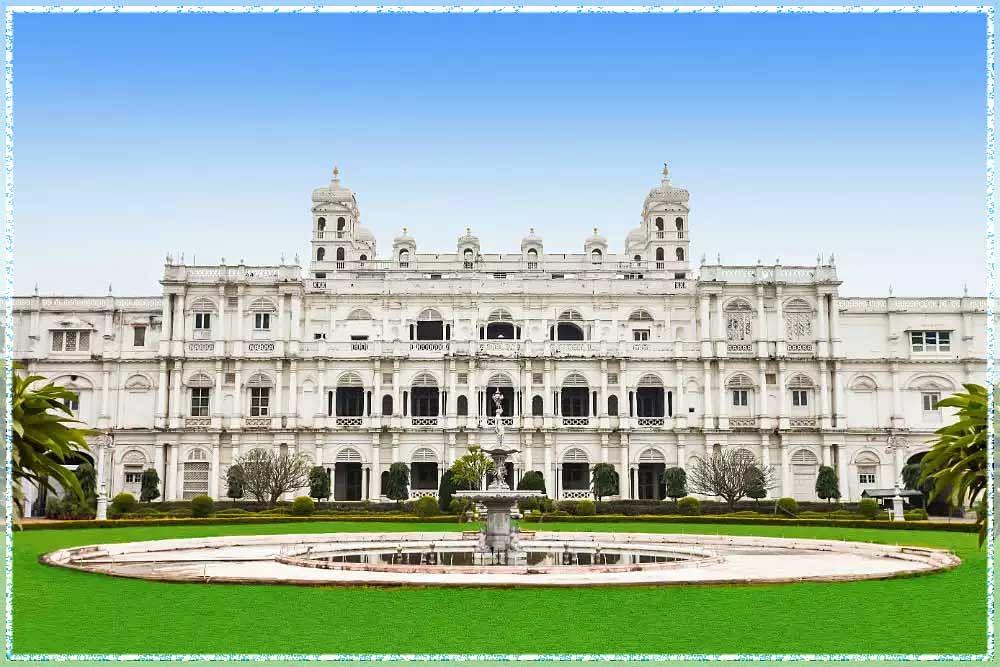Chanderi is amongst the most ancient and best known handloom clusters of India. This centuries old weaving specialty of producing finely textured fabrics of silk and cotton embellished with zari woven work and the fact that it has always been patronized by royalty makes Chanderi all the more valuable and abound in regal charm.
Chanderi’s Charming Tale
Chanderi is primarily a weaver's town, located near the river Betwa in Guna district of Madhya Pradesh. Around 60% population of Chanderi are involved in the manufacturing of Chanderi.
Chanderi is believed to have its root stretching back to the Vedic Period, and is believed to have founded by Lord Krishna’s cousin, Shishupal.
Situated between the hills of Vindhyachal in the state of Madhya Pradesh, evolution of Chanderi began in 1890s when the weavers changed from handspun yarn to mill made yarn. In the year 1910, the royal family of Scindia brought the Chanderi saree under their patronage. It was during this time that the gold thread motif came up in cotton muslin saree for the first time. This gave way to silk yarns and over the subsequent years dobby and jacquard use came into existence. Alongside 1970s, the cluster went forward to weave another variety of fabric which combined a silk warp with a cotton weft. Some of the various beautifully striking motifs include ‘Nalferma, ‘Dandidar, ‘Chatai’, ‘Jangla’, Mehndi wale haath’ etc.

Some scriptures are abundant in evidences which show that craftsmen and artisans wove chanderi fabric for the royals during the 12th and the 13th centuries. Some other historians believe that during 1740 and 1761, Chanderi fabric enjoyed royal patronage and was also exported overseas. A British visitor, RC Sterndal noted that Chanderi was the favoured fabric of Indian royal women because of its soft, light texture and transparency.
Features of the Fabric
Owing to its lightness and finesse, sarees made from chanderi fabric are set apart by their light weight and glossy texture which is starkly different from other woven fabrics of the country. The chanderi yarns are of high-quality. Also, the yarn used to weave sarees from Chanderi fabric is not made to go through the degumming process. Another distinguishing factor of chanderi fabric sarees happen is the beautiful motifs. The motifs in chanderi sarees include flowers, animals, peacocks, lotus, coins among many other attractive and alluring patterns.
Traditionally, these motifs drew inspiration mostly from patterns like floral, coins, fruits, peacocks, heavenly bodies but contemporary motifs can be found in geometric abstract forms. Primarily hand woven on Chanderi fabric with hand-loom by the use of needles, the grace of the motifs lies in the colour of the threads used which can be gold, silver or Copper.
Various needles are used to weave different motifs on one fabric. One thing which makes Chanderi the cynosure to our eyes is the vibrant hues of this fabric. The availability of Chanderi in glorious pastel shades adds a sense of freshness and liveliness to the outfit. And this makes it perfect for a summer wear.
The Weaving Techniques
Known distinctly for its glossy transparency and sheer texture, Chanderi fabric involves century old weaving technique that produces three kinds of fabric – Chanderi silk cotton, pure silk and Chanderi Cotton.
As the fabric is woven by three kinds of threads the Cotton, Silk thread and Zari are imported from other regions in India as well as China, Japan and Korea. The chemical dyes are preferably used due to their fast acting quality. Traditional looms are used as a primary means of production. These include Pit, Dobby and Jacquard Looms. Most Chanderis have a rich gold border and two lines of gold on the pallu. Some have gold checks or little motifs (known as butis).

The weavers involved in the process are long standing in trade and are well experienced. The Chanderi fabric is light weight and has intricate designs.
The motifs have come a long way from the traditional coin, floral and peacocks to the geometrics. Chanderi Saree, a product intricately woven by hand interspersed with the delicacy of the extra weft motifs that has for times immemorial satisfied the refined tastes of the royalty.
The weavers involved in this process of spinning the chanderi yarn are long standing in trade and are well experienced. The Indian Govt. conducts and organises regular workshops to educate them about the latest design and retention of the fabric’s quality. The signature Chanderi buttis interlaced with criss cross yarn spins and retain the original shape and structure several years on. The thread used at Chanderi is of fine quality and has no comparison anywhere else in the country or for that reasons in whole of the world.
The transparency in Chanderi Fabric products is the consequence of Single Flature quality of yarn used. Flature yarn is the quality of yarn when the glue of the raw yarn is not taken out. The degumming of the raw yarn gives shine and transparency to the finished fabric. This quality is not found in any other fabric of the country and it is exclusive to the Chanderi Fabric. The special transparent yarn is used both in warp and weft of different varieties and configurations. The transparent yarn is cotton and as well as silk also.
Primarily, chanderi fabric sarees were woven with handspun cotton yarn which was as fine as 300 counts which made it as fine as Muslins of Dhaka. Extracted from a special root called the Kolikanda, light yet strong, it gave the fabric a glossy finish. The fabric is woven with warp (tana), stretched out set of threads, through which the weft (bana) is passed through in regular motion.
The Chanderi Fascination
When we speak of sarees and lehengas or anything that has to do with ethereal charm of the Indian attire, chanderi is hands down the bespoke garment. They are flawlessly impeccable and exude the purest royal feels. Be it for heavy wedding wear or as an heirloom legacy, chanderi has retained its heritage value intact.
Chanderi sarees till date rank highest among the demanded once and the lehengas curated on chanderi are glamorous! Woven of silk and cotton, Chanderi sarees are an epitome of grace and sophistication.
Lehengas and sarees woven out of Chanderi are quite a muse among the top notch designers too. The likes of Lakme Fashion Week, Abu Jani shows, Ritu Kumar shows have found their admiration for this fabric and chanderi outfits have shone their way to prominence.

Cynosure of Heritage
The weaving of Chanderi fabric has been practiced since generations which takes us closer to our traditional heritage. It imparts a unique cultural touch to the whole process of weaving to crafting of the motifs. India has petitioned the World Trade Organization for the recognition of Chanderi as a GI product at the international level as well.
The motif designs embellished on Chanderi fabrics are so intricate and so unique from each other that every Design tends to tell its own story. And that is why so many fashion designers have been playing with Chanderi and sarees crafted on chanderi till today hold a very enchanting charm!

